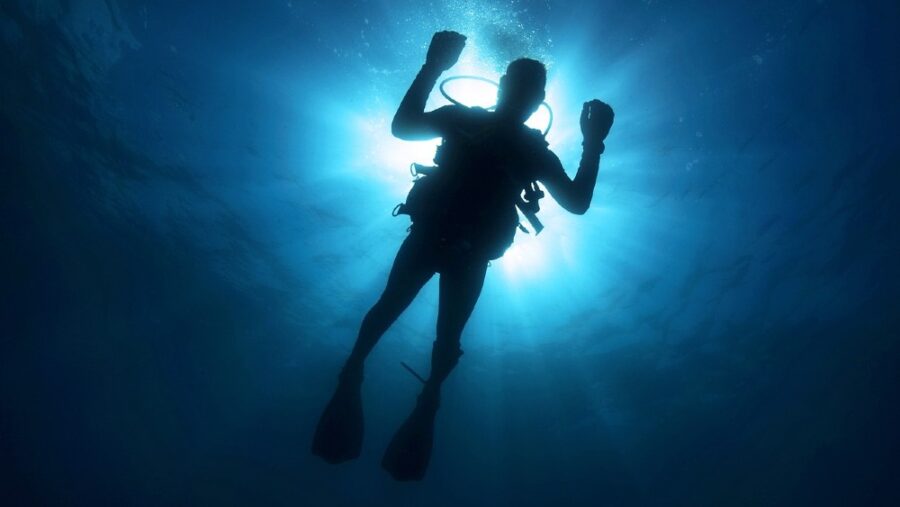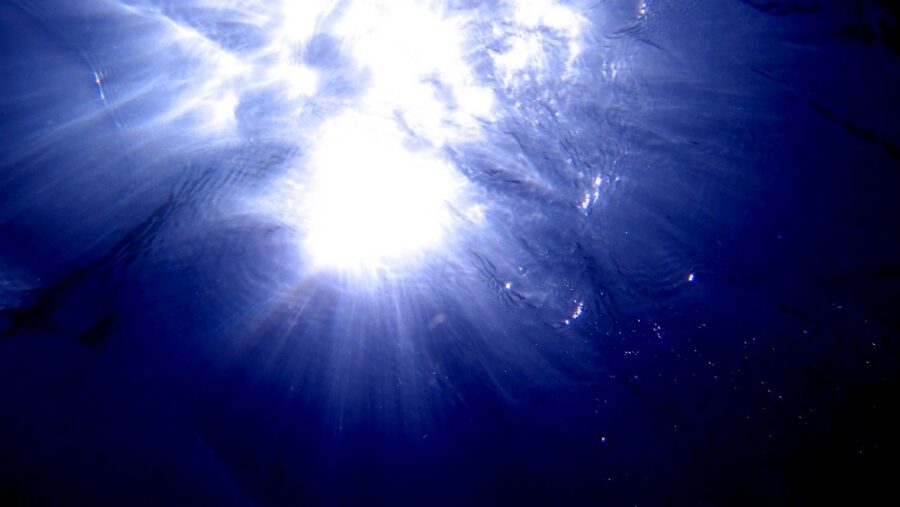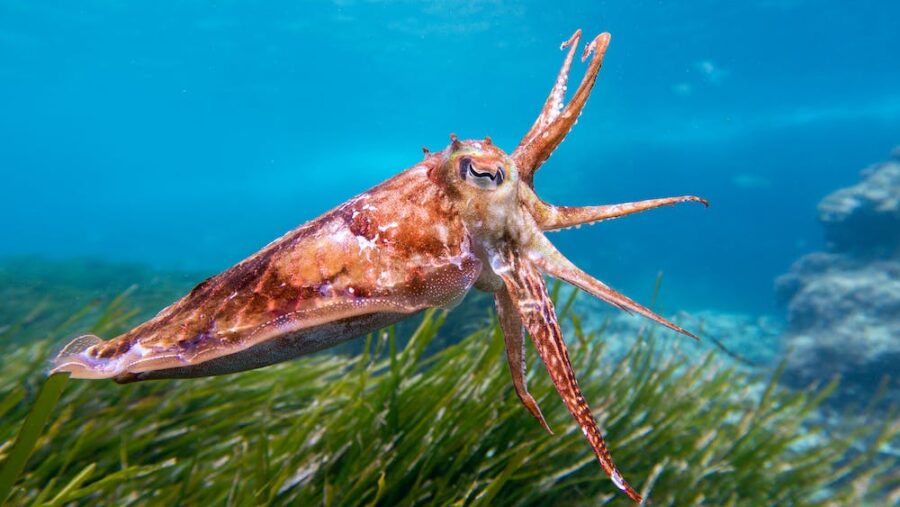Lost City Under The Ocean Unlike Anything On Earth

According to a recent report from ScienceAlert, a lost city has been discovered in the watery depths of the Mid-Atlantic. Though the discovery was first made by researchers over two decades ago, scientists have continued to uncover new and exciting details about the underwater ruins, which sit over 2,300 feet beneath the surface. The highly unique structures consist of many jagged towers rising from the murky depths of the sea floor, with some reaching heights of over 200 feet.
A City Like No Other

The lost city, also known as the hydrothermal field, is known to scientists as the longest-lived venting environment in the Atlantic ocean. For more than 120,000 years, the site has served as a hydrocarbon venting location, allowing excess gasses such as hydrogen and methane to plume out and escape from the silicate-heavy depths of the sea floor. While it may not constitute a city in a traditional sense, there are no trendy restaurants or 12-story walk-ups, the location’s many salty stalagmites serve as an impressive skyline for a host of microbial communities.
Divers Can’t Reach

These so-called gaseous chimneys have sprouted in temperatures as high as 104 degrees Fahrenheit, making the lost city a perfect breeding ground for hundreds of species of crustaceans and snails. Larger creatures, such as shrimp, eels, and sea urchins, also dot the landscape of the bustling columns, though their presence is less ubiquitous in the region. Due to the extreme conditions present in the area, no human divers have been able to get anywhere near the deep ocean discovery, though remotely operated vehicles have been able to explore and study the densely populated vents.
Where Life On Earth Began?

Scientists first discovered the lost city back in 2000, though the submersible technology available at the time left a great deal to be desired, with many researchers struggling to interpret the data provided. In the years since, technology has exponentially developed, allowing us to get a greater look at the chemical reactions within the hydrothermal field, as well as the teeny tiny residents who populate the region.
With many building blocks of life, such as precious gasses and hydrocarbon marine life, present within the lost city, researchers believe the field may provide a great deal of insight into the early stages of life on Earth, which likely formed in a massive underwater vent like this one.
Threats To The Lost City

While many other underwater vents such as the lost city exist, none seem to be teeming with marine life quite like the one located in the Mid-Atlantic sea floor, providing scientists with a great deal of functional data to study. Unfortunately, a deep-sea mining bid presented by the nation of Poland was accepted in 2018, which threatens the delicate ecosystem of the underwater pillars.
Sea Life At Danger

Scientists have begun to warn that the slightest disturbance could have sweeping unintended consequences for a host of sea life across the Atlantic if the thermal vents are destroyed, and have attempted to sanction the zone as a world heritage site. While there’s no telling what the future holds for the lost city, researchers are doing their best to protect and preserve the site as they conduct further experiments.












